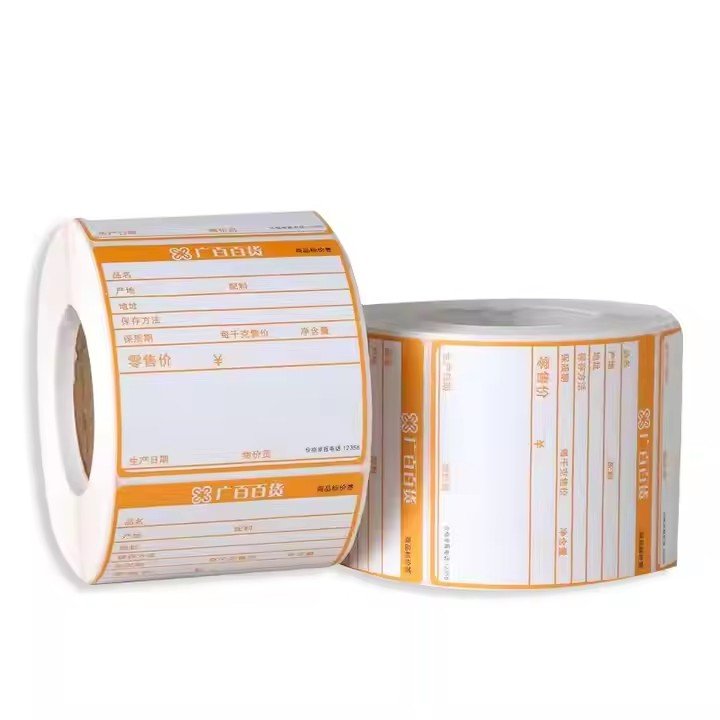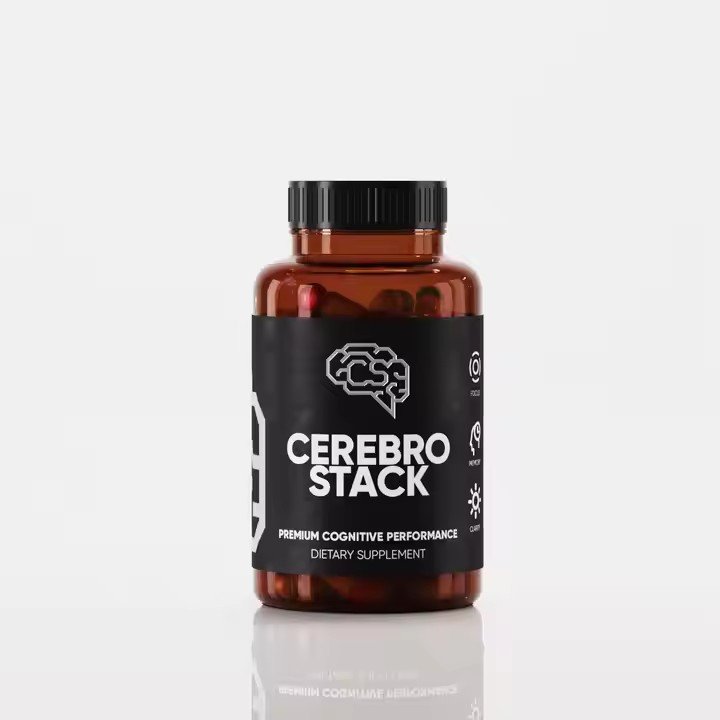- Identify Core Requirements First: The Application Scenario Determines the Key Paper Properties
Different application scenarios have very different requirements for weather resistance, safety, and adhesion strength. Always start with the core needs of the scenario and choose the paper accordingly:
Outdoor Applications: Weather Resistance Comes First
Outdoor stickers (such as billboards, car decals, and exterior building signage) must withstand long-term UV exposure, rain, and drastic temperature changes; coastal areas additionally require resistance to salt-spray corrosion.
Recommended: Nano-modified vinyl paper, treated with nano-silica or nano-alumina coatings. It offers over 95% UV protection, significantly slows fading and aging, and provides 2–5 years of durability in strong UV and high-rainfall environments.
Coastal areas: Choose vinyl paper with nano anti-corrosion coating to prevent edge cracking and adhesive failure.
Short-term outdoor use (e.g., exhibitions, seasonal promotions): Use nano-coated PP (polypropylene) paper. It is lower in cost, waterproof, UV-resistant, and durable for 1–2 years.
Avoid: Ordinary unmodified paper—without UV coating, it yellows, becomes brittle, and peels within 3–6 months outdoors.
Indoor Applications: Aesthetic Quality and Compatibility Matter
Indoor stickers (café décor, creative merchandise, office labeling) don’t face harsh weather, so focus on print quality, appearance, and usability:
Text-based stickers (price tags, instructional labels): Choose matte nano-coated paper—non-reflective, clear to read, uniform ink absorption.
Graphic stickers (illustrations, decoration): Choose glossy nano art paper—the nano coating improves color saturation and gloss, making graphics vibrant and dimensional.
Vintage-style applications: Use nano-reinforced kraft paper—enhanced toughness prevents cracking while preserving its natural texture.
Temporary use (promotional labels, event stickers): Choose lightweight nano tissue paper (60–80 g/㎡) with low-tack adhesive—easy to apply and remove without residue.

Special Scenarios: Enhanced Functional Properties
Food packaging stickers: Must be food-safe and eco-friendly. Choose nano chitosan-coated paper or nano-cellulose biodegradable paper. These materials offer biocompatibility, antibacterial properties, and no harmful substances. Must comply with GB 4806 or FDA standards.
Electronics labeling: Requires heat resistance, scratch resistance, and functional properties. Choose nano-graphene-modified paper—high thermal conductivity, suitable for high-temperature environments, provides anti-counterfeit capability, and surface hardness reaches H-grade.
High-adhesion applications (equipment labels, furniture stickers): Use thickened nano card paper (≥150 g/㎡). After nano reinforcement, tensile strength ≥100 MPa, tear-resistant, and compatible with strong adhesives for various surfaces (glass, plastic, wood).
- Match the Printing Process: Prevent Incompatibility Between Paper and Printing
Printing quality for micro-nano stickers depends heavily on matching the right paper with the right printing method. Mismatch may cause blurring, peeling, or deformation.
Inkjet Printing (home or small-batch production)
Best paired with nano-coated porous papers. Nano silica or nano calcium carbonate fillers create a uniform pore structure for fast ink absorption and sharp edges.
Choose 80–120 g/㎡ paper for crisp output and good rigidity.
Avoid overly thin paper (wrinkles) or overly thick paper (poor ink absorption).
Laser Printing (industrial mass production)
Requires heat-resistant paper. Recommended materials: nano-modified PET or nano calcium-carbonate-reinforced paper.
Heat resistance ≥180°C to avoid deformation and scorching.
Surface roughness ≤0.5 μm for sharp edges and fine patterns.
Screen Printing (large-area, high-saturation color output)
Use high-grammage nano composite paper (120–180 g/㎡). The nano coating enhances ink adhesion, preventing peeling after printing.

Micro-nano Fine Pattern Printing
For nano-scale detailed patterns (anti-counterfeit labels, precision electronics):
Choose nano-fiber paper with fiber diameters ≤100 nm.
Nano-embossed microstructures improve ink bonding and increase scratch resistance by over 50% compared to ordinary paper.


